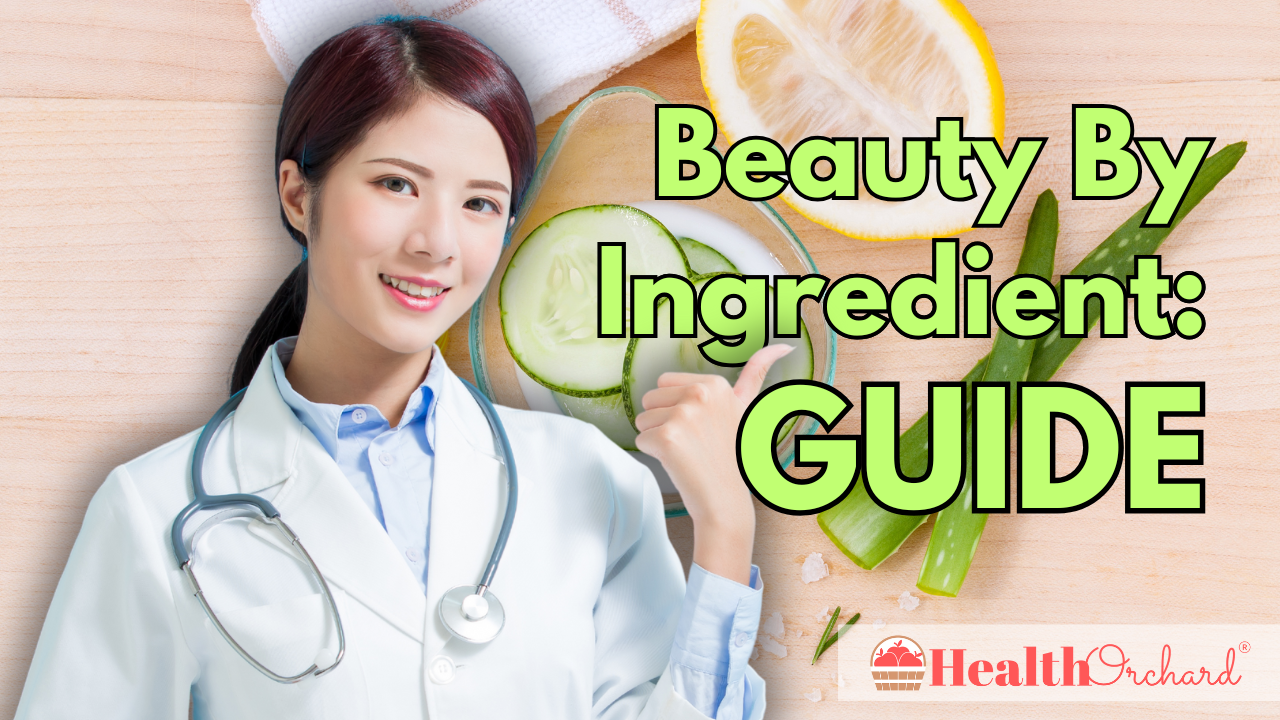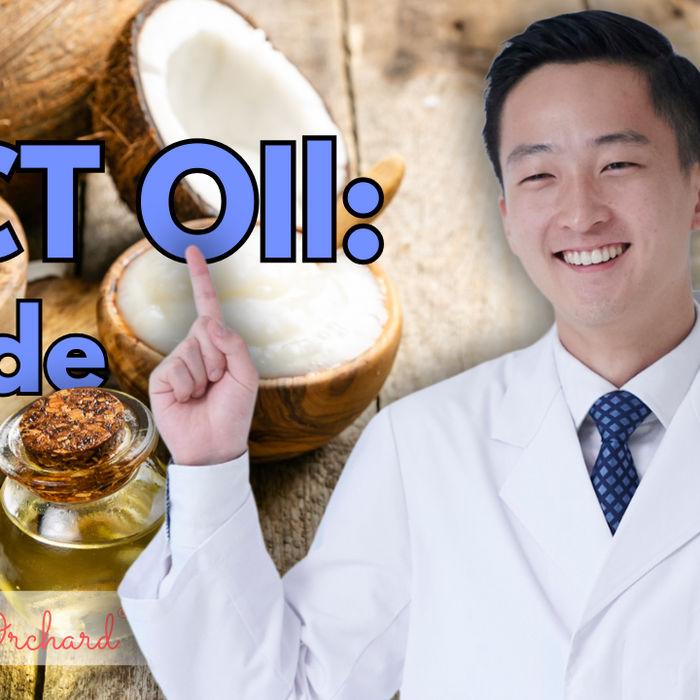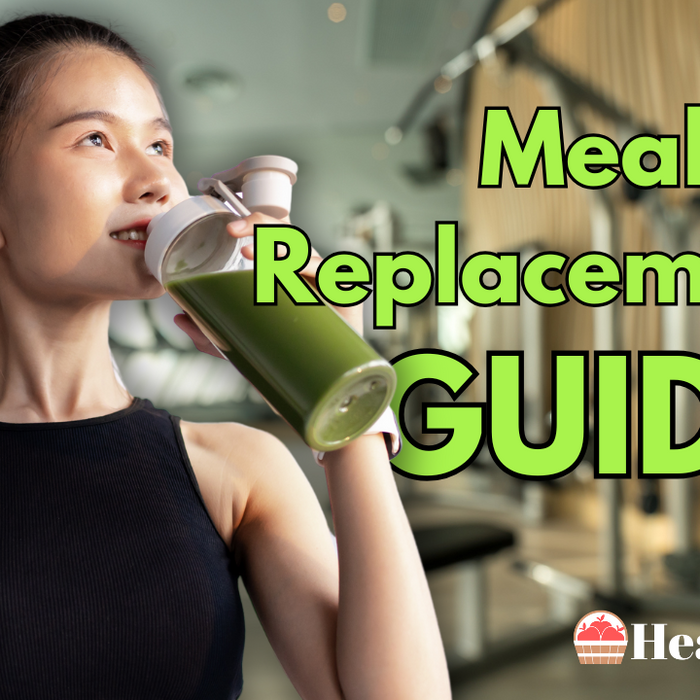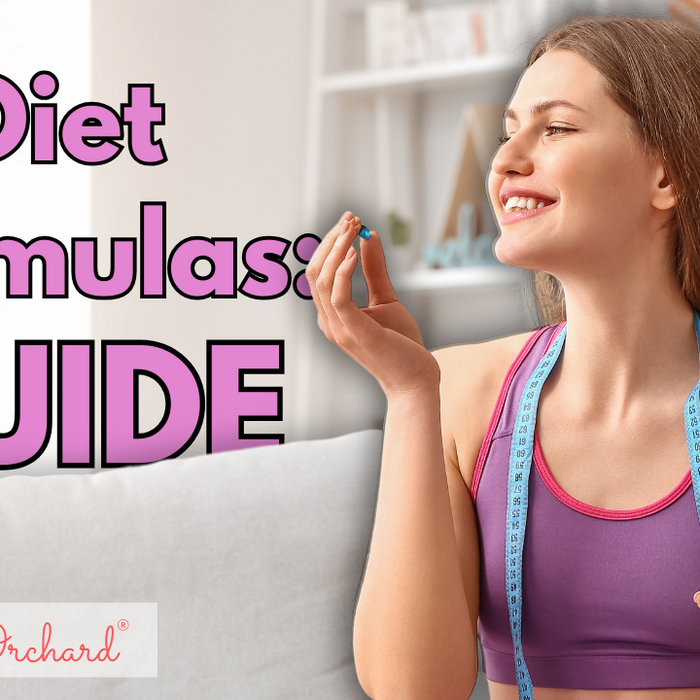

Beauty By Ingredient: Guide
Key Takeaways
- Ingredient Awareness is Crucial: Understanding what’s in your beauty products helps you select safer and more effective options tailored to your needs.
- Natural Doesn’t Always Mean Better: Both natural and synthetic ingredients have unique benefits; focus on proven efficacy over marketing claims.
- Avoid Harmful Additives: Ingredients like parabens, sulfates, synthetic fragrances, and formaldehyde-releasing agents can negatively impact your skin and hair health.
- Tailor Products to Your Needs: Different skin and hair types require specific ingredients, such as hydrating agents for dryness or exfoliants for acne-prone skin.
- Learn to Read Labels: Recognizing ingredient names and their order of concentration empowers you to make informed decisions about your beauty routine.
- Myths Can Mislead: Misunderstandings about "chemical-free" or preservative use can prevent you from making optimal product choices.
Understanding the ingredients in your beauty products is no longer a trend—it’s a necessity. Did you know that the average adult uses at least nine personal care products daily, exposing their skin to over 100 unique ingredients? With ingredient transparency gaining momentum, consumers are becoming more informed about what goes on their skin and hair. This guide explores how knowing the benefits and risks of beauty ingredients can help you make better choices for your health and appearance.
At Health Orchard, we believe informed decisions lead to better outcomes. Whether you’re seeking healthier skin or shinier hair, understanding your products’ components is the key to achieving your goals.
Why Ingredients Matter in Beauty Products
Beauty products are only as effective as the ingredients they contain. Each component plays a specific role, from hydrating dry skin to targeting signs of aging. For example, formulations designed for dry skin often rely on humectants like glycerin or occlusives like shea butter to lock in moisture, while products for oily or acne-prone skin typically include oil-controlling agents like salicylic acid or niacinamide. By understanding which ingredients suit your needs, you can avoid unnecessary irritants or ineffective formulations, ensuring your skincare and haircare routines are optimized for your unique concerns.
The balance between natural and synthetic ingredients also deserves attention. Natural components, such as aloe vera or chamomile extract, are often celebrated for their gentleness and soothing properties. However, synthetic ingredients like hyaluronic acid or peptides provide benefits that nature cannot fully replicate, such as precise hydration or enhanced collagen production. The labels natural and synthetic can be misleading, as many synthetic ingredients are well-researched and safe, while some natural ingredients can cause allergies or irritation. Making informed decisions means looking beyond marketing claims and focusing on the proven efficacy and safety of a product's ingredients.

Common Beauty Ingredients and Their Benefits
Hydrating Ingredients
- Hyaluronic Acid: This naturally occurring molecule can hold 1,000 times its weight in water and deeply penetrates all skin layers. Its remarkable water-binding properties make it essential for maintaining skin plumpness and providing long-lasting hydration throughout the day.
- Glycerin: This versatile humectant actively draws moisture from the environment to maintain optimal skin hydration levels throughout the day. It also strengthens the skin's natural moisture barrier while preventing transepidermal water loss, making it an essential ingredient for maintaining healthy, hydrated skin.
Anti-Aging Ingredients
- Retinol: This vitamin A derivative works by increasing cell turnover and stimulating collagen production in the deeper layers of the skin. Its multi-faceted approach helps diminish fine lines, soften deep wrinkles, improve skin texture, and promote a more youthful appearance over time.
- Vitamin C: This powerful antioxidant works to neutralize free radicals while stimulating collagen synthesis for firmer, more resilient skin. It also helps fade dark spots, even out skin tone, and provide protection against environmental stressors like UV damage and pollution.
Soothing and Calming Ingredients
- Aloe Vera: This natural botanical contains powerful anti-inflammatory compounds that quickly reduce redness, irritation, and skin discomfort. Its rich composition of vitamins, minerals, and polysaccharides also provides deep hydration while supporting the skin's natural healing mechanisms.
- Chamomile Extract: This gentle yet effective ingredient contains potent anti-inflammatory flavonoids that help calm irritated and sensitive skin conditions. It also provides antioxidant protection while promoting skin repair and regeneration through its natural healing properties.
Exfoliating Ingredients
- Alpha Hydroxy Acids (AHAs): These water-soluble acids work by breaking down the bonds between dead skin cells, allowing for gentle yet effective exfoliation of the skin's surface. Regular use promotes cell turnover, improves skin texture, and helps address concerns like hyperpigmentation and dullness.
- Salicylic Acid: This oil-soluble beta hydroxy acid has the unique ability to penetrate deep into pores, where it effectively dissolves excess sebum and removes dead skin cell buildup. Its anti-inflammatory properties also help reduce redness and inflammation, making it particularly beneficial for those with acne-prone or congested skin.
Ingredients to Avoid
The modern beauty and personal care industry relies heavily on synthetic ingredients to enhance product stability, texture, and shelf life, though mounting scientific evidence suggests certain compounds may pose risks to human health and environmental sustainability. Parabens, which are widely used as preservatives in cosmetics, have been detected in human breast tissue and are suspected of mimicking estrogen in the body, potentially disrupting natural hormonal processes. Sulfates like Sodium Lauryl Sulfate (SLS) and Sodium Laureth Sulfate (SLES), while effective at creating that satisfying lather in cleansing products, can strip the protective barrier of both skin and hair, leading to increased sensitivity and dryness.
Synthetic fragrances represent another concerning category, as a single fragrance listing on a label can legally contain hundreds of undisclosed chemicals, many of which have been linked to respiratory issues and allergic reactions. Additional ingredients of concern include formaldehyde-releasing preservatives like DMDM hydantoin and quaternium-15, which slowly release small amounts of formaldehyde over time to prevent microbial growth. Phthalates, commonly used to make fragrances last longer and to soften plastic packaging, have been associated with endocrine disruption and reproductive health concerns in multiple studies.
Ingredient Labels: How to Read Them
The FDA mandates that cosmetic ingredients be listed in descending order of concentration, with anything present at 1% or more listed first, followed by ingredients in smaller quantities. This rule has notable exceptions - for instance, ingredients used at less than 1% can be listed in any order, and certain color additives can be listed at the end regardless of their concentration. The complexity is further compounded by the fact that many ingredients have multiple technical or trade names, making it crucial for consumers to recognize various terminology for the same substance.
Terms like fragrance or parfum are protected as trade secrets and can legally encompass dozens or even hundreds of undisclosed chemicals without individual listing requirements. Understanding concentration thresholds is critical - ingredients listed after preservatives are present in very small amounts, sometimes less than 0.01% of the total formulation. This knowledge helps consumers evaluate whether beneficial ingredients are present in meaningful quantities or merely added for marketing appeal, ensuring they make informed decisions about their personal care products.
Tailoring Ingredients to Specific Needs
For Dry Skin and Hair
- Natural Oils: Plant-based oils like jojoba, argan, and marula penetrate deeply to restore moisture levels while strengthening the skin and hair's protective barrier.
- Moisturizing Agents: Rich emollients such as glycerin, shea butter, and ceramides lock in hydration while repairing dry, damaged skin and hair.
For Oily or Acne-Prone Skin
- Oil Control: Ingredients like salicylic acid, niacinamide, and tea tree oil help regulate sebum production while treating existing breakouts and preventing new ones.
- Light Formulations: Water-based, non-comedogenic products provide necessary hydration without clogging pores or contributing to excess oil production.
For Sensitive Skin
- Gentle Ingredients: Hypoallergenic formulations containing soothing botanicals like chamomile, aloe vera, and allantoin calm irritation while strengthening sensitive skin.
- Irritant-Free: Products free from common irritants such as artificial fragrances, dyes, and harsh alcohols prevent reactions while maintaining skin health.
For Aging Concerns
- Protective Compounds: Advanced peptides, coenzyme Q10, and other antioxidants fight free radical damage while supporting collagen production and skin repair.
- Regenerative Elements: The combination of retinol for cell turnover and hyaluronic acid for deep hydration helps maintain skin elasticity and reduce visible signs of aging.
Myths About Beauty Ingredients
Chemical-Free Products Are Better
The marketing term chemical-free is scientifically meaningless since every substance, including natural ingredients like water and plant extracts, is composed of chemicals. The safety and effectiveness of an ingredient depend on its specific properties, formulation, and concentration rather than whether it's naturally derived or synthetically produced. What matters most is the research backing each ingredient's safety and efficacy, regardless of its origin.
Preservatives Are Bad
Preservatives play a crucial role in preventing dangerous bacterial and fungal growth in cosmetic products, which could otherwise cause serious skin infections and product degradation. Modern preservative systems, such as phenoxyethanol, sodium benzoate, and potassium sorbate, have been extensively tested and are considered safe when used at appropriate levels. Creating truly preservative-free products would significantly compromise safety and lead to extremely short shelf lives, making most skincare products impractical for regular use.
Conclusion
Choosing beauty products based on their ingredients can transform your skin and hair health. At Health Orchard, we help you navigate the complex world of beauty products by offering comprehensive tools and resources to make informed decisions. Our curated selection of beauty products from trusted brands ensures you're getting quality items, while our price comparison feature across retailers like Amazon, Walmart, and iHerb helps you find the best value for your investment.
Empower your beauty routine by understanding your products better through our educational resources and ingredient analysis tools. Visit Health Orchard today and take the first step toward a healthier, more radiant you, backed by our commitment to helping you make smart, research-based choices for your personal care needs.
Frequently Asked Questions about Beauty By Ingredient
1. What ingredients do I need in skincare?
Essential skincare ingredients include a sunscreen (at least SPF 30), antioxidants (vitamin C, vitamin E), moisturizing agents (hyaluronic acid, glycerin), retinoids for cell turnover, peptides for collagen production, and niacinamide for barrier support. The specific combination depends on your skin type and concerns.
2. What are the best ingredients for sensitive skin?
For sensitive skin, look for gentle, soothing ingredients like ceramides, hyaluronic acid, centella asiatica, aloe vera, glycerin, and niacinamide. Avoid harsh fragrances, alcohols, and strong acids. Ingredients like colloidal oatmeal, allantoin, and panthenol help calm irritation while strengthening the skin barrier.
3. Can I mix products with different active ingredients?
Some active ingredients work well together (vitamin C with vitamin E, niacinamide with hyaluronic acid), while others shouldn't be combined (retinoids with AHAs/BHAs, vitamin C with niacinamide). Space out potentially conflicting ingredients by using them at different times of day or alternating days.
4. How can I identify harmful ingredients in a product?
Check for common irritants like artificial fragrances, drying alcohols (denatured alcohol, ethanol), harsh sulfates, and chemical sunscreens if you're sensitive. Look out for comedogenic ingredients if you're acne-prone. Use ingredient checker tools and research unfamiliar ingredients through reputable skincare resources.
5. Are natural ingredients always better than synthetic ones?
No, natural ingredients aren't inherently safer or more effective than synthetic ones. Both natural and synthetic ingredients can be beneficial or harmful depending on formulation, concentration, and individual skin sensitivity. Well-researched synthetic ingredients often provide consistent results with better stability and preservation.
6. How do I layer skincare ingredients properly?
Apply products from thinnest to thickest consistency: cleanser, toner, serums, moisturizer, and sunscreen (daytime). Wait 1-2 minutes between layers to allow absorption. Active ingredients should be applied early in the routine, while oils and thick creams go last.
7. What percentage of active ingredients is effective?
Effective concentrations vary by ingredient: vitamin C (10-20%), retinol (0.25-1%), niacinamide (2-5%), glycolic acid (5-10%), and hyaluronic acid (1-2%). Higher percentages aren't always better and may cause irritation. Start with lower concentrations and gradually increase as tolerated.
8. How long do skincare ingredients take to work?
Results timing varies: hydrating ingredients show immediate effects, while active ingredients like retinoids and vitamin C typically take 8-12 weeks for visible results. Exfoliants may show improvement within 1-2 weeks. Consistency is key for long-term benefits.
9. Which ingredients should beginners avoid?
Beginners should initially avoid high-strength acids, retinoids, and complex ingredient combinations. Start with gentle cleansers, moisturizers, and sunscreen. Gradually introduce active ingredients one at a time, starting with lower concentrations to assess skin tolerance.
10. How do I know if an ingredient is causing a reaction?
Monitor your skin for signs of reaction: redness, burning, itching, increased sensitivity, or breakouts within 24-48 hours of using a new product. Test new products on a small area first (patch test) and introduce only one new ingredient at a time to identify potential triggers.
References
- Cleveland Clinic, “Understanding Popular Skin Care Ingredients”, August 2022.
- Healthline, “Skin Care Ingredients Dictionary: From AHAs to Zinc Oxide”, September 2022.
- Makers Nutrition, “Top Ten Skin Supplement Ingredients: Nourishing Your Skin from Within”, September 2023.
- Advances in Dermatology and Allergology, “The influence of selected ingredients of dietary supplements on skin condition”, June 2014.
- Everyday Health, “6 Skin-Care Ingredient Combinations That Don’t Mix”, November 2023.
- Healtline, “5 Skin Care Ingredients That Should Always Be Paired Together”, September 2022.
- WebMD, “7 Best Natural Ingredients for Your Skin”, October 2022.
- Cosmetics (MDPI), “Revolutionizing Cosmetic Ingredients: Harnessing the Power of Antioxidants, Probiotics, Plant Extracts, and Peptides in Personal and Skin Care Products”, September 2024.
- National Kidney Foundation, “5 Beauty Products With Ingredients That May Harm Your Kidneys”, August 2023.
- Journal of Clinical and Aesthetic Dermatology, “Evaluating Common Ingredients Contained in Dietary Acne Supplements: An Evidence-Based Review”, 2024.







